-
Your shopping cart is empty!
MENU
-
AVAYA IP OFFICE
- AVAYA IPO 500 System and Modules
- AVAYA IP Office Digital Phones
- AVAYA IP Ofice VOIP Phones
- AVAYA POE Switches
- AVAYA Routers
- NORSTAR Solutions
- Nortel BCM
- NORSTAR Call Center
- Norstar Phones
- Music On Hold
- VOIP PBX +
-
VOIP PHONES
- NORTEL IP PHONES
- AVAYA IP PHONES
- GRAND STREAM IP PHONES
- CISCO IP PHONES
- POLYCOM IP PHONE
- AASTRA
- YEALINK
- VOIP Wireless Headset
-
CCTV SURVEILANCE
- Kodicam DVR
- Kodicam Cameras +
- Kodicam Box Camera
- EPCOM DVR/NVR
- EPCOM Cameras
- DVR/NVR PACKAGE
- OEM Camera +
- CCTV Accesories
-
ACCESS & SECURITY
- Alarm 2GIG Products and Packages
- Alarm 2GIG Videos and info +
- KEYPADS , MAGNETIC LOCK +
- Access Control Panel
- VT HEADSET +

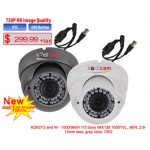


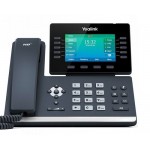
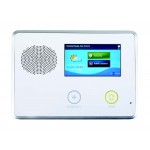

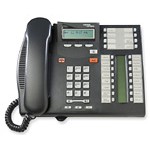
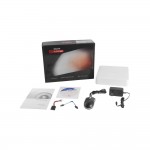
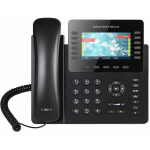
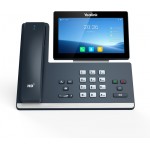
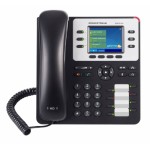
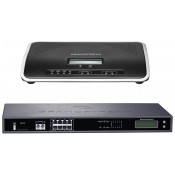

7_0-1-175x175.jpg)